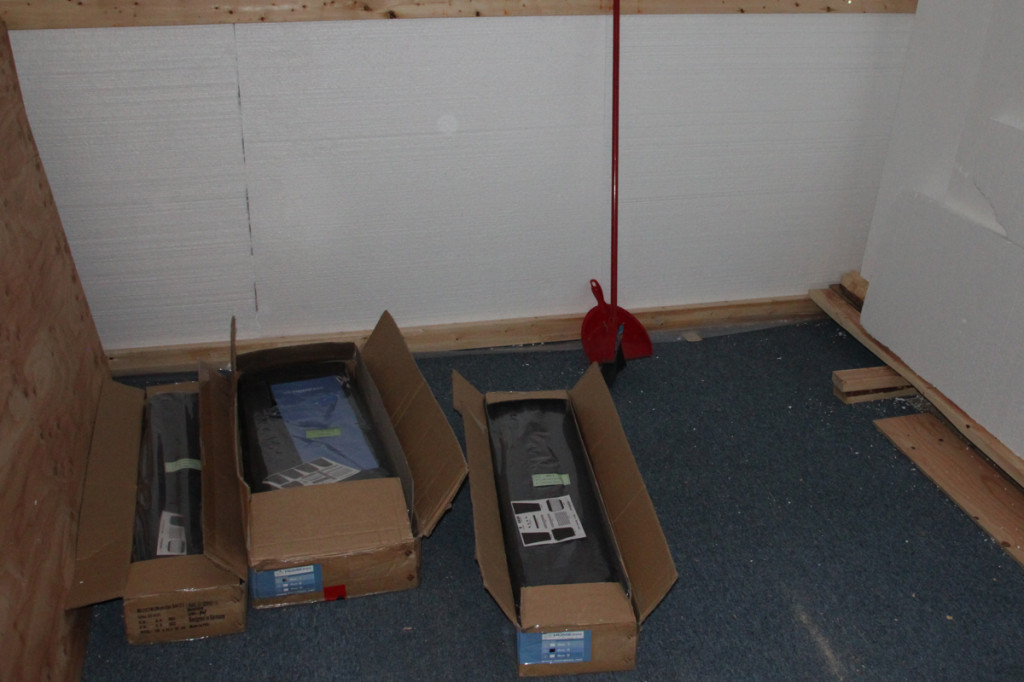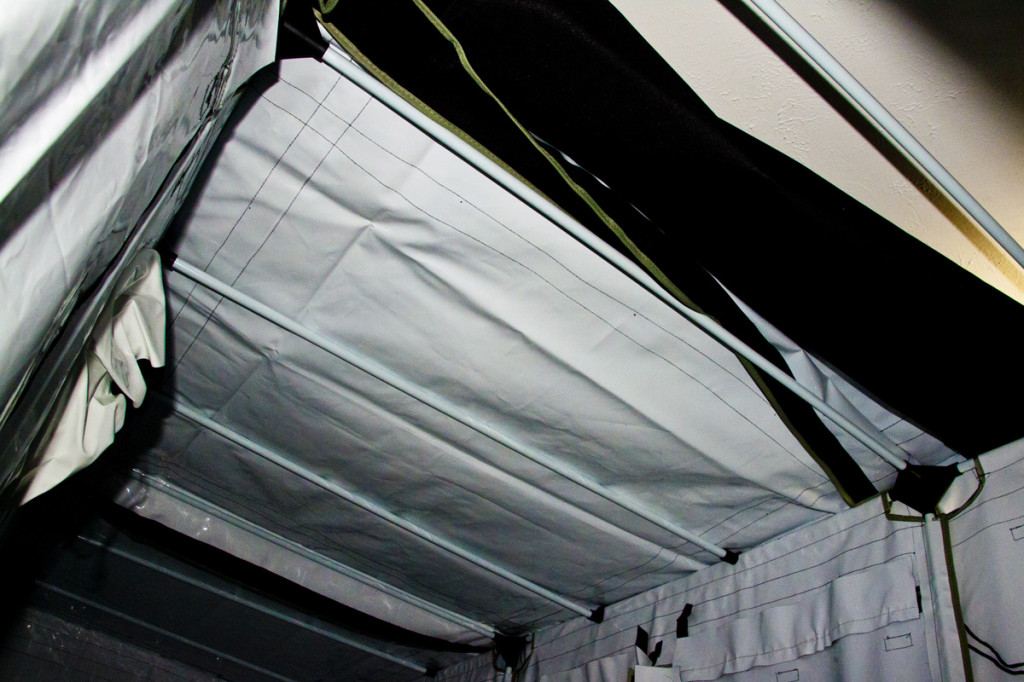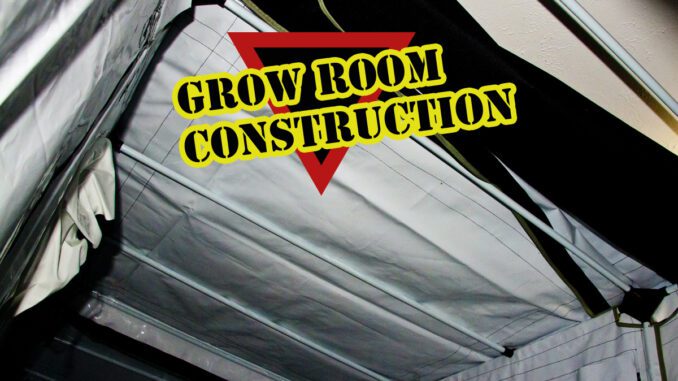
Grow Room Construction
How-To Locate a Site & Prepare like a Pro.
[quote]If the property being considered is known to have been used for cultivation in the past, do not choose that location due to a higher risk of theft or harassment-let’s face it, there’s a lot of ignorance out there, and not everybody is as fond of indoor gardening as you are.[/quote]
What is an ideal spot for Grow Room Construction?
Typically, basements are the best choice because there is little or no foot traffic, the walls and floor are concrete, there’s usually ample access to electricity, water and drainage, and basements are much better at containing sound, light, and vibration.
Spare rooms can also be used to house a grow op though windows are an issue. First, they allow light to escape obviously. Just pulling down a blind will do nothing to contain a 1000-watt light; it will shine like a beacon in the neighborhood.
Condensation building up on the windows and sweating is bad for several reasons. It can cause water damage to the window sill and can cause serious property damage and as well. Condensation on the windows is also something that professional rippers, grow op thieves, look for as well.
Dealing with Windows
Windows must be completely sealed from the room, which involves putting up a fabric curtain to cover the glass and make it look normal. Alternatively, the glass can be painted black but it doesn’t stop there.
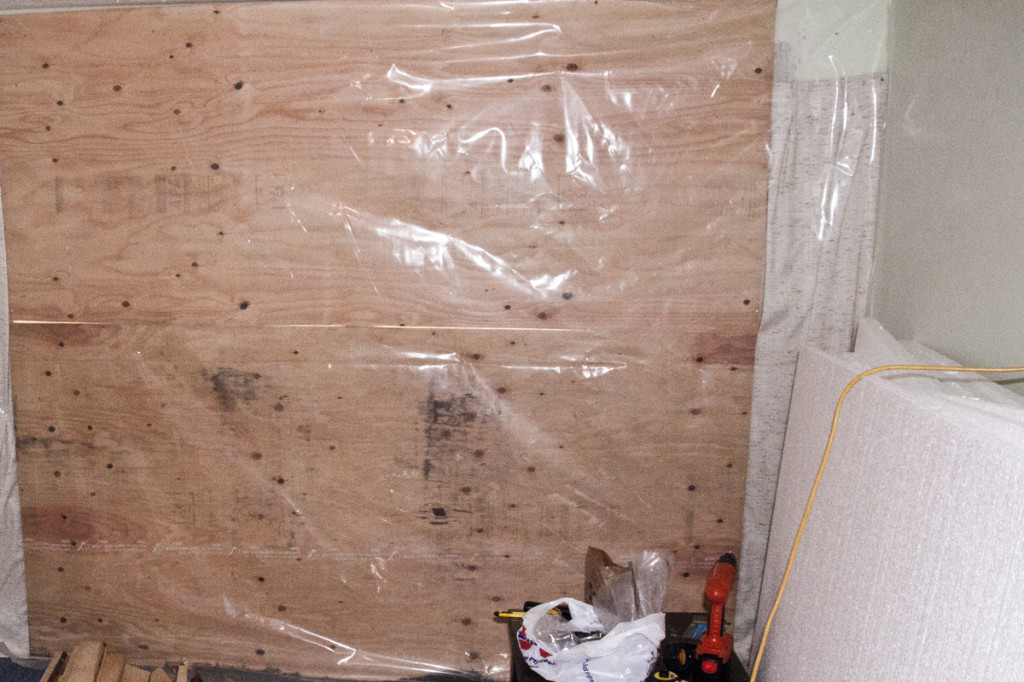
Apply a layer of 6-millimeter vapor barrier, which must be tightly sealed within the window frame using sheathing tape (the red stuff), or any type of tape that will continue to hold with warmth and moisture and changes in temperature.
Then install a fiberglass insulation or similar material to buffer against temperature and help dampen any noise, because noise carries vary easily thru glass.
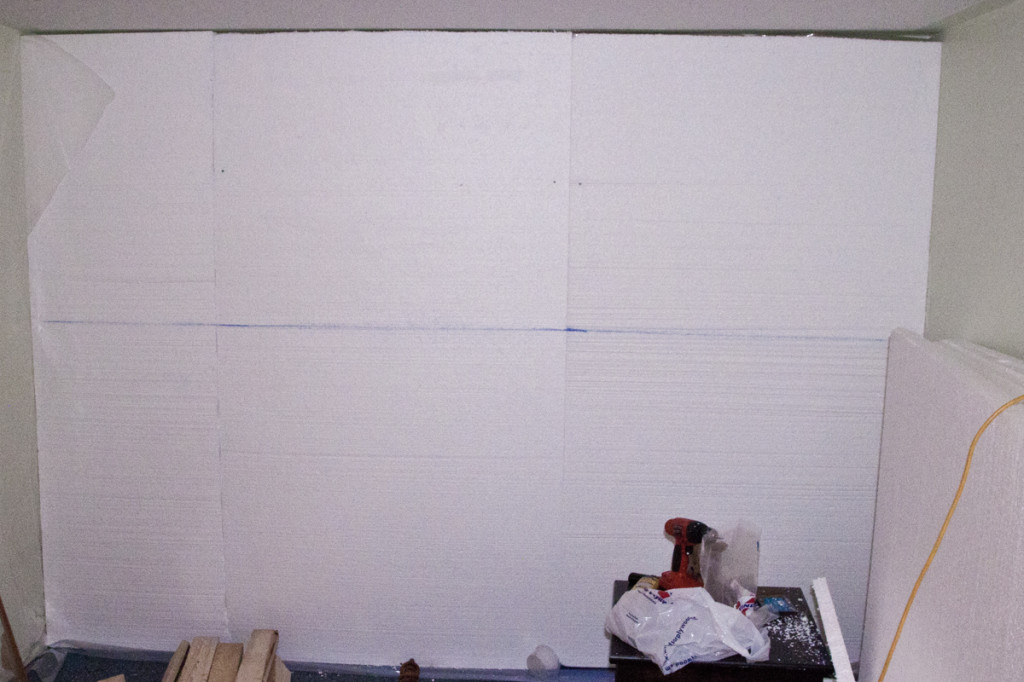
Follow that with another layer of 6-millimeter vapor barrier, which should be flush with the interior wall of the proposed growing area, or the window frame.
Cover the whole thing with a sheet of ¾-inch plywood, sealing it with silicone caulk before tightly screwing down the plywood around the perimeter of the window frame.
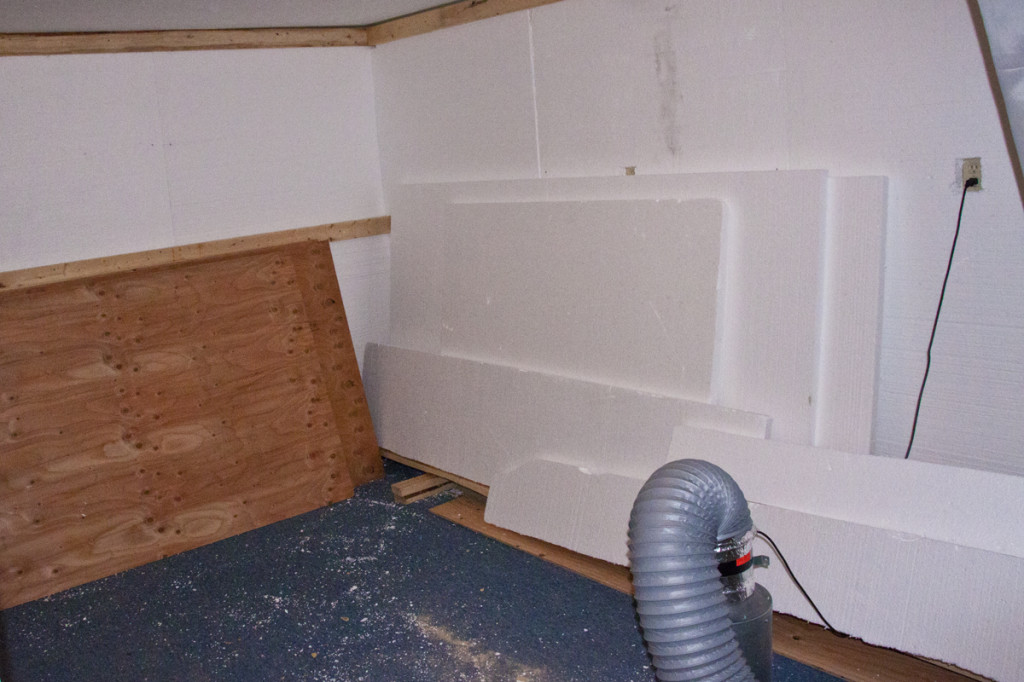
Inspect the window from the outside during the night and ensure no light or noise is escaping. Be diligent – the last thing you want to have to do is, remove that cover because of condensation, in the middle of the grow cycle, and expose to the world what is in that room.
Windows can be used as a source of fresh air, or exhaust, instead of covered up, though it is very difficult to use the same window for both. A window box can be built that appears very normal from the outside, but actually acts as a source of fresh air intake for ducting or as an point of exhaust for warm moist air from within the grow room.
Window boxes are somewhat restrictive for air that can be moved through them so they aren’t practical for larger gardens. In addition, there will be some noise emanating from a window box-even if it includes sound dampening materials. Though the window at the top of the house may service this purpose, a window that is near foot traffic or near ground level will not.
Doorways
It is recommended that the garden be protected by more than a standard residential wooden door, which does nothing for preventing smells and light from escaping and is not very secure either.
Consider installing an industrial steel door that seals very tightly within the manufactured doorframe. These can often be purchased as a complete door system, where the door comes in the door frame and you mount the frame in, shim it in, seal it up and you’ve got something that is going to dampen sound, provide the additional level of security that is recommended and is going to prevent light leaks from occurring. Of course, all doors should lock with a dead-bolt.
Some budget-minded growers and growers who are taking an extra level of precaution to contain the light put an additional covering behind the door, for example, they secure a sheet of opaque black/white polyethylene behind the door and use adhesive zippers for access to the door. This creates a two-fold entryway, a door on the outside and a zippered sealed opening behind that. Not only is this a good idea, it helps minimize any air exchange between the growing environment and outside the room.
If the property being considered is known to have been used for cultivation in the past, do not choose that location due to a higher risk of theft or harassment-let’s face it, there’s a lot of ignorance out there, and not everybody is as fond of indoor gardening as you are.

